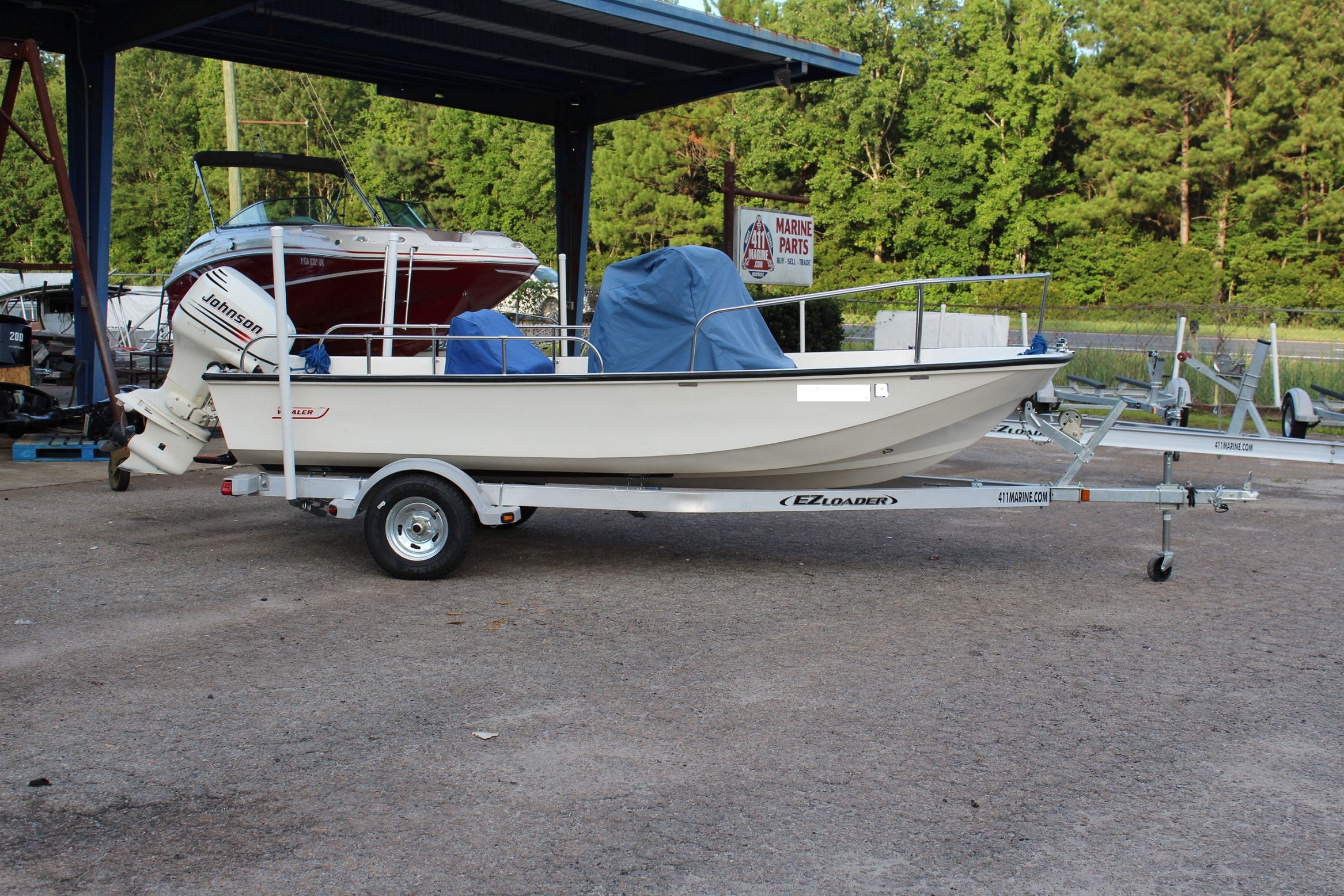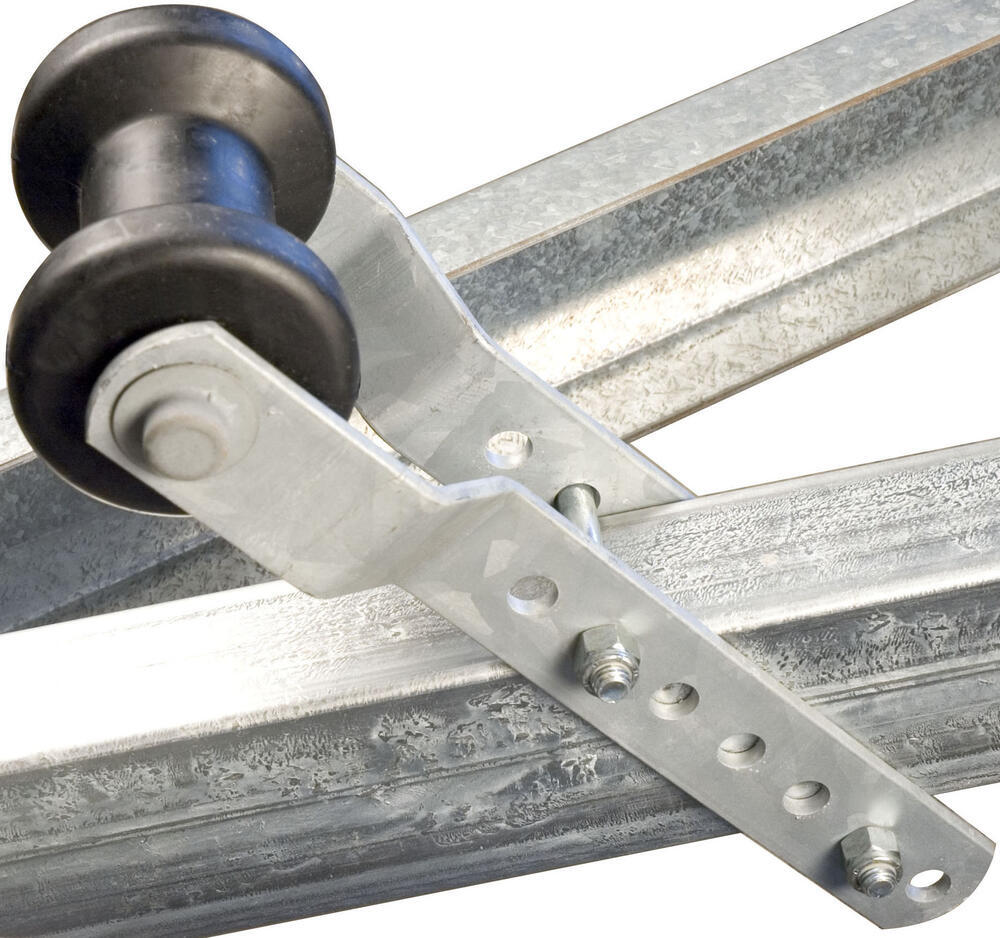
The caravel was one of the pinnacle ships in Iberian ship development from 1400–1600.ĭue to its lighter weight and thus greater speed, the caravel was a boon to sailors.Įarly caravels generally carried two or three masts with lateen sails, while later types had four masts. However, for the trade itself, the caravel was later replaced by the larger carrack ( nau), which was more profitable for trading. The exploration done with caravels made the spice trade of the Portuguese and the Spanish possible. The limited capacity for cargo and crew were their main drawbacks, but did not hinder its success. Its economy, speed, agility, and power made it esteemed as the best sailing vessel of its time. With the lateen sails attached, it was highly maneuverable and could sail much nearer the shore, while with the square Atlantic-type sails attached, it was very fast.

They were agile and easier to navigate than the barca and barinel, with a tonnage of 50 to 160 tons and 1 to 3 masts, with lateen triangular sails allowing beating.īeing smaller and having a shallow keel, the caravel could sail upriver in shallow coastal waters. The caravel was developed in about 1450, based on existing fishing boats under the sponsorship of Henry the Navigator of Portugal, and soon became the preferred vessel for Portuguese explorers like Diogo Cão, Bartolomeu Dias or Gaspar and Miguel Corte-Real, and by Christopher Columbus.

These boats were fragile, with only one mast with a fixed square sail that could not overcome the navigational difficulties of southward oceanic exploration, as the strong winds, shoals and strong ocean currents easily overwhelmed their abilities.

They used the barge or the balinger ( barinel), which were ancient cargo vessels of the Mediterranean Sea with a capacity of around 50 to 200 tons. Until the 15th century Europeans were limited to coastal navigation. A replica of the caravel Boa Esperança in the city of Lagos, Portugal


 0 kommentar(er)
0 kommentar(er)
